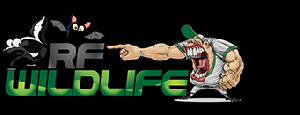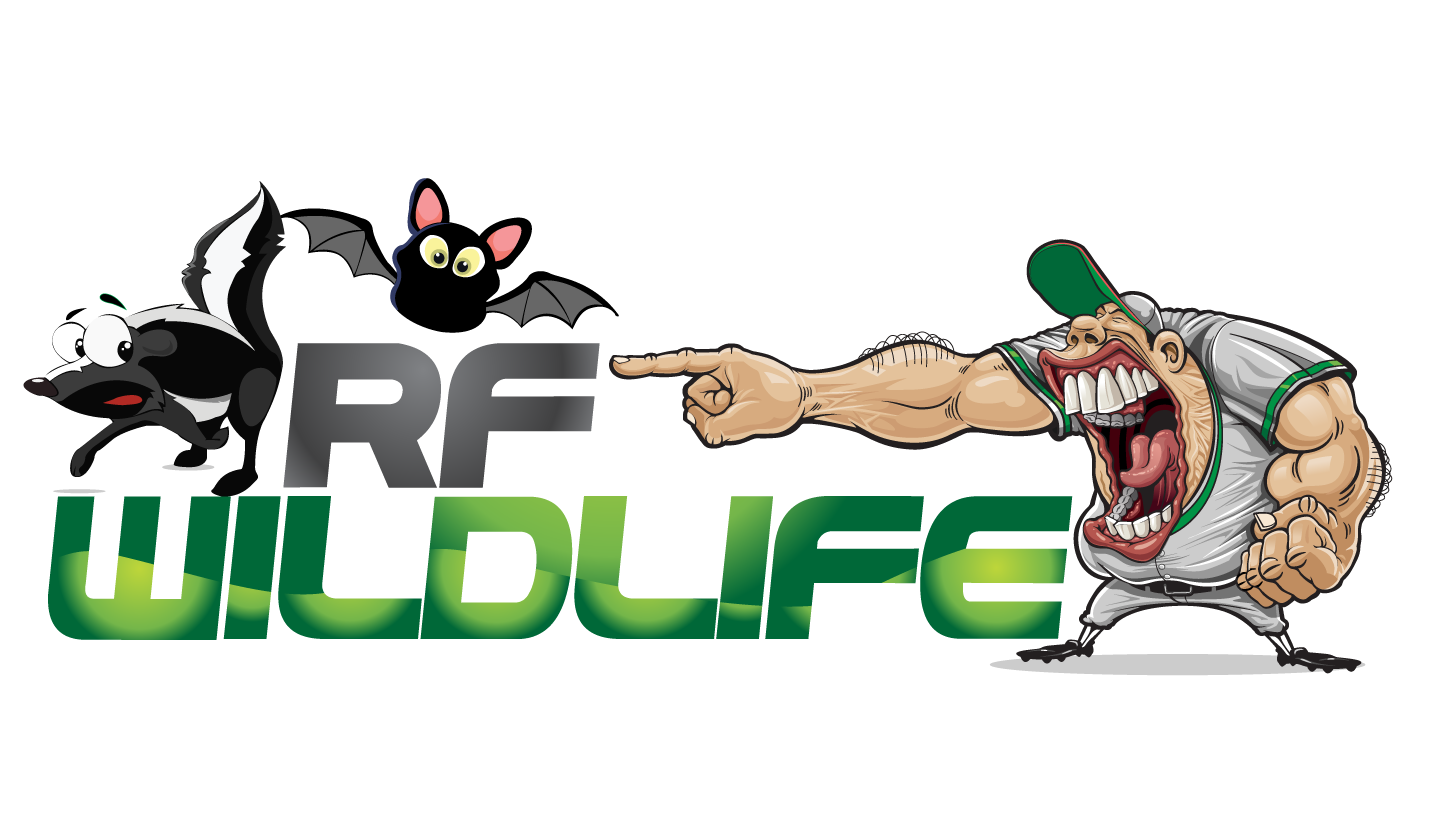Expert Bat Removal ~ 860-510-6313
Bats are the only Con mammals that can fly. They are a common source of phobias although in reality, less than ten out of a thousand bat species feed on the blood of other mammals.
Most bats eat fruits and insects, with majority of species in the US consuming bugs. Therefore, people living in insect prone areas appreciate the feeding habits of these nocturnal creatures. Bats are notorious for invading residential homes due to various reasons. Homeowners usually call upon us for bat removal services to get rid of these unwanted visitors.
Invasive Bat Species:
Two common bat species normally inhabit Connecticut homes, little brown bats and big brown bats. The little brown bat is also called the Northern or vesper bat. It is quite tiny with a length of 85mm from head to tail, and weighs between 7gm to 9gm. It has a uniform dull brown coloration with a grayish underside. Its long snout and long ears are the easiest way to recognize it, since males and females are the same size.
Little brown bats are diurnal and nocturnal mammals. They venture out to feed for two to three hours before retreating inside their crevices to rest and digest food. They hibernate during winter, whereby chore body temperatures fall below 5° C.
Big brown bats on the other hand have a length of 10-13cm from head to tail, with a wingspan of 28-33cm. They are also nocturnal mammals that roost in the darkest corners of attics, barns, decrepit buildings and window shutters. Big brown bats are mainly insectivorous creatures that feed on moths, flies, mosquitoes, and other bugs. They catch these insects during flight, which explains their fast and frequent changes in flight direction. During winter, big brown bats also hibernate in secretive locations such as attics.
Bats in Attic and Home
Like many other small mammals, bats prefer to roost in the safest places. Any location with abundant food, sufficient shelter and lack of predators is bat territory. This includes human attics in particular, dark, quiet and enclosed corners, where predators are unlikely to venture in and the climate is tolerable. In the wild, bats prefer caves and dense foliage, but due to human settlement; barns, sheds and attics are among the best shelters. Bat removal experts are usually needed to remove the bats from these places.
Bats will invade your home not to attack you while you sleep, but to roost. This entails:
- Food digestion: Small creatures take time to digest food. Thus, you can spot bats hanging from trees, window awnings or similar locations to digest the previous night’s heavy meal.
- Breeding: In the US and Canada, bats usually mate and breed before winter season sets in. They give birth and raise their young in secluded colonies from late April to the end of August. Typically, a colony of mothers with their young ones live in the same roost.
- Hibernation: As mentioned before, bats hibernate during winter. They usually do this together in secluded locations, in order to optimize body warmth. Big Brown Bats may hibernate in your attic. Little Brown Bats mostly migrate to caves for the winter.
Bats love human homes due to the presence of numerous cracks and crevices. These tiny creatures can snugly fit inside a half-inch opening. This includes places such as:
- Attics
- Storage sheds
- Barns
- Chimneys
- Louvers
- Soffits
- Eaves
- Roof tiles and shingles
- Window shutters and sidings
Effects Of Bat Invasion on your Home:
The only reason bats may invade your home is roosting. Nevertheless, they are wild animals that pose certain risks to humans. The most frightening risk is direct or indirect spread of disease. Albeit they rarely bite humans, bats may carry the deadly rabies virus.
This, more than other reasons is why humans dread these creatures and require bat removal services.
Soil that contains bat droppings may also carry a fungus that causes histoplasmosis in humans. This dirt must pile up for two to three years however, to collect significant amounts of the fungus. Infection may occur due to inhalation of spores from the mound when you disturb the roost.
Bats also spread tiny mites bat bugs, often confused with bed bugs.
Bat urine and droppings collect over time and can ruin building insulation, ceilings, drywall and particle board. This can lead to collapse of the entire structure, especially if the bat colony is rather large. Therefore, the presence of bats in any building not only raises the red flag during valuation, it also poses health risks to the owner.
Bat Removal and Control
Bat exclusion is the only guaranteed way to get rid of bats from your home. This entails installing bat tubes or netting to allow the bat to leave on their own volition. Other methods such as trapping or poisoning are not only temporary; they are also outlawed in most states. To set up a bat inspection call RF Wildlife at 860-510-6313







